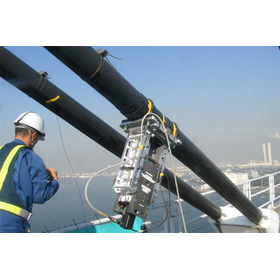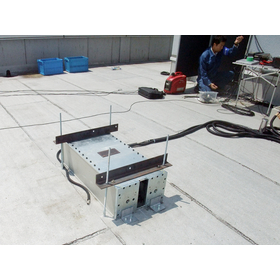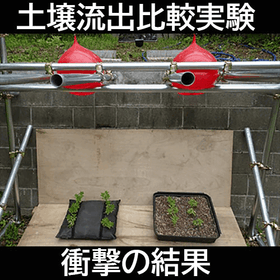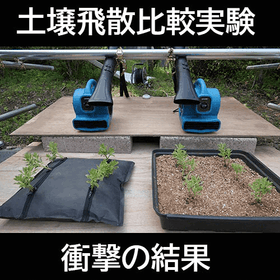Chemical analysis and experiments
Investigating what the results of the survey are! Aiming to be a help that leads to problem-solving.
We would like to introduce our "Chemical Analysis and Experiments." We analyze environmental water quality samples such as river and lake water, seawater, and groundwater, as well as wastewater from businesses, environmental soil, agricultural land soil, improved soil, and construction waste. Additionally, we conduct analysis of dioxins in environmental sediments from lakes, rivers, and marine areas, as well as in environmental water and sediments. 【Activities】 ■ Water quality analysis ■ Soil analysis ■ Sediment analysis ■ Dioxin analysis ■ Various experiments *For more details, please refer to the PDF document or feel free to contact us.
- Company:東京久栄
- Price:Other










